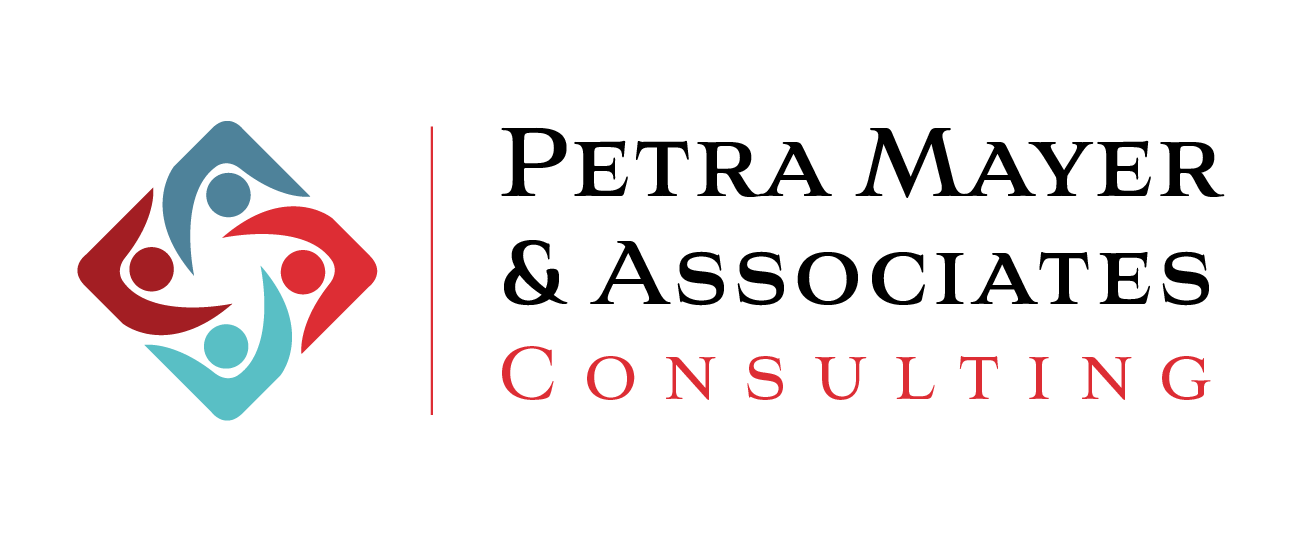Since the pandemic, businesses have had to face numerous changes. The most significant hurdle for managers has been navigating the new terrain of leading hybrid and remote teams.
However, this isn’t to suggest that there aren’t benefits to having distributed teams. After all, remote working brings increased flexibility and cost savings for the organization that staffing fully in-house doesn’t. Teams can also be much more diverse when having a more broad pool of candidates to choose from.
However, for managers, there often come many challenges they may not be prepared for. But rather than seeing these obstacles as potential roadblocks, managers can view them as opportunities to develop a more agile mindset and approach their manager training differently.
Breaking Down the Challenges of Managing a Remote Workforce
A few years back, most companies started embracing the trend of having remote workforces, and soon, the benefits of working from home became evident to both employees and employers. Yet, recently, some of these advantages have evolved into business hurdles.
Below are some of the common challenges that managers are now facing when leading a remote workforce:
Communicating Effectively
Effective communication is pivotal for any successful company. Whether it’s interactions with employees or customers, the importance lies in conveying messages clearly.
However, when dealing with a remote team, this communication can take on added layers of complexity. Emails and video calls don’t always convey tone or emotion accurately, and many times, this can lead to misunderstandings that can drastically impact productivity and morale.
Establishing a Solid Foundation of Trust
Trust plays a crucial role in establishing a great team. Managers can’t oversee their employees every second of every day, so they must believe they’re managing their tasks without someone over their shoulders.
That said, the rapport that naturally develops between a manager and an employee in an office setting can be more challenging to establish remotely. The physical nuances that shape our communication and trust are often missing in a remote work setting. Assumptions can quickly be made about an employee’s productivity outside of an office if certain communication channels are not utilized effectively.
On the flip side, employees who feel micro-managed when working from home can result in a lack of trust in their managers, which can lead to feelings of resentment and a decrease in motivation.
Getting New Employees Properly Trained
Bringing a new employee on board requires collaboration across various departments to guarantee seamless team integration. The initial weeks often determine if an employee will settle comfortably into their new role and fit in with the company’s culture. It’s also a great time for managers to gauge the new member’s strengths, areas of improvement, and potential for long-term success.
Much of the induction process hinges on direct communication and practical training. In a physical office environment, understanding social signals and seeking assistance becomes more straightforward. However, in a remote environment, employees may feel like they are asking for help too frequently or being too disruptive when trying to organize video calls for further context on new tasks.
Onboarding a new employee also involves helping them adapt to a new company culture. However, when working remotely, it’s not as easy to observe and learn from colleagues’ behaviors and interactions. This can lead to feeling like “just another number” and disconnected from the team.
Establishing a Framework to Lead a Hybrid or Remote Team Successfully
For managers, tackling these typical obstacles is all in a day’s work. Regardless of whether you’re managing a completely remote team, an in-office group, or a combination of the two, there are a variety of tactics you can use to establish a stronger team dynamic.
To get started, establishing the right framework is crucial. In leadership coaching, you often are taught to develop a working structure that makes sense for employees, establishing clear guidelines, and valuing input from everyone on your team to keep the working environment healthy and productive.
Create Structure Where It Makes the Most Sense
Though the requirements may vary across different organizations, a significant number of businesses are veering away from the conventional 9-to-5 routine. In remote setups, employees often enjoy greater autonomy in juggling their time and duties. This flexibility can be beneficial for both the staff and the employers.
If you’re leading a certain kind of team, emphasizing performance over strict scheduling can significantly reduce working pressures. This is especially useful when managing a remote team that’s dispersed across different time zones.
Establish Guidelines and Expectations
Regardless of the type of acceptable working arrangements you decide on, transparency is key for employees. When the pandemic began, most managers adopted a “wing-it” approach out of necessity regarding team communication and expectations. However, as remote work conditions have become the norm, establishing clear guidelines and expectations for your team is essential.
Documenting specific remote-working policies and ensuring that all employees know them can help prevent employees from feeling like there are double standards in the workplace. Having a clear company policy on remote work can also protect the company from potential HR issues when taking certain disciplinary actions.
Offer Flexibility for Employee Input
Flexibility goes a long way for employees, but it can also be a double-edged sword when it’s taken advantage of. Find the right balance by providing employees with some leeway to shape their own schedules and workflow. Encourage them to take ownership of their work and be proactive in communicating when they need assistance or are struggling.
Company and employee needs will inevitably shift over time, so take the time to regularly reassess and review policies and expectations and work with individual employees to find the best arrangement for both parties. This type of flexibility shows that you trust your team to make responsible decisions and can also show them that their opinions and contributions are valued.
Minimize Employee Isolation
It can be difficult to help employees feel like they are more than just a number when they spend part or most of their time out of the office. Whether they admit to it or not, isolation from workmates often leads to disconnection and lowered engagement levels. While certain individuals may not let working from home impact their ability to function at a hundred percent, isolation can be a significant factor for others.
To help minimize the impact of isolation, encourage social interaction and team-building activities whenever possible. This could include arranging for a company get-together or even finding ways to have virtual staff functions for employees who are positioned in other states or countries. The point is that finding ways for your team to come together as a unit can go a long way in promoting a great working attitude.
Get the Most Out of Your Remote Teams
Working with hybrid and remote teams definitely requires a unique approach as a manager. However, by remaining adaptable to the needs of your team and working to establish clear, fair guidelines, you can maximize their potential while contributing to a healthy company culture.
About the Author
CECILIA GORMAN
Wildly addicted to all things leadership, Cecilia Gorman is a veteran of the advertising industry and the owner of Creative Talent Partners, a training consultancy that specializes in the development of rising managers and their teams. Whether it’s a team offsite, a manager workshop or through her online Manager Boot Camp course, Cecilia’s sole pursuit is adding value to growth-focused employees.



